Up Next

Formula 1’s unanimous team support for a driver salary cap requires significant discussion and consideration of potential problems before it can become a reality in 2023.
At a recent F1 Commission the proposal for a $30million salary cap across a team’s drivers received support from all teams but with further conversation required to map out the details.
It is an idea that has been very well-received by smaller teams and also courted favour from bigger teams who are at least open to it being properly investigated, given they would likely be the only ones affected by the initial proposal.
The prospect of limiting driver earnings is a controversial and unconventional move in non-US sports but it is something that is now well-enshrined in America’s basketball, football and hockey leagues, with a ‘luxury tax’ (a penalty for spending over a certain limit) employed as an alternative means of managing player salaries in baseball.
In these sports, salary cap proponents argue that the limit stops a big-money team from building an incredible roster and monopolising the competition, maintaining a competitive balance for fans and benefitting the league as a whole.
For F1, the end product would be slightly different: a further step in bringing team spending under control. And AlphaTauri boss Franz Tost argues an incoming cap should be even stricter than $30m.
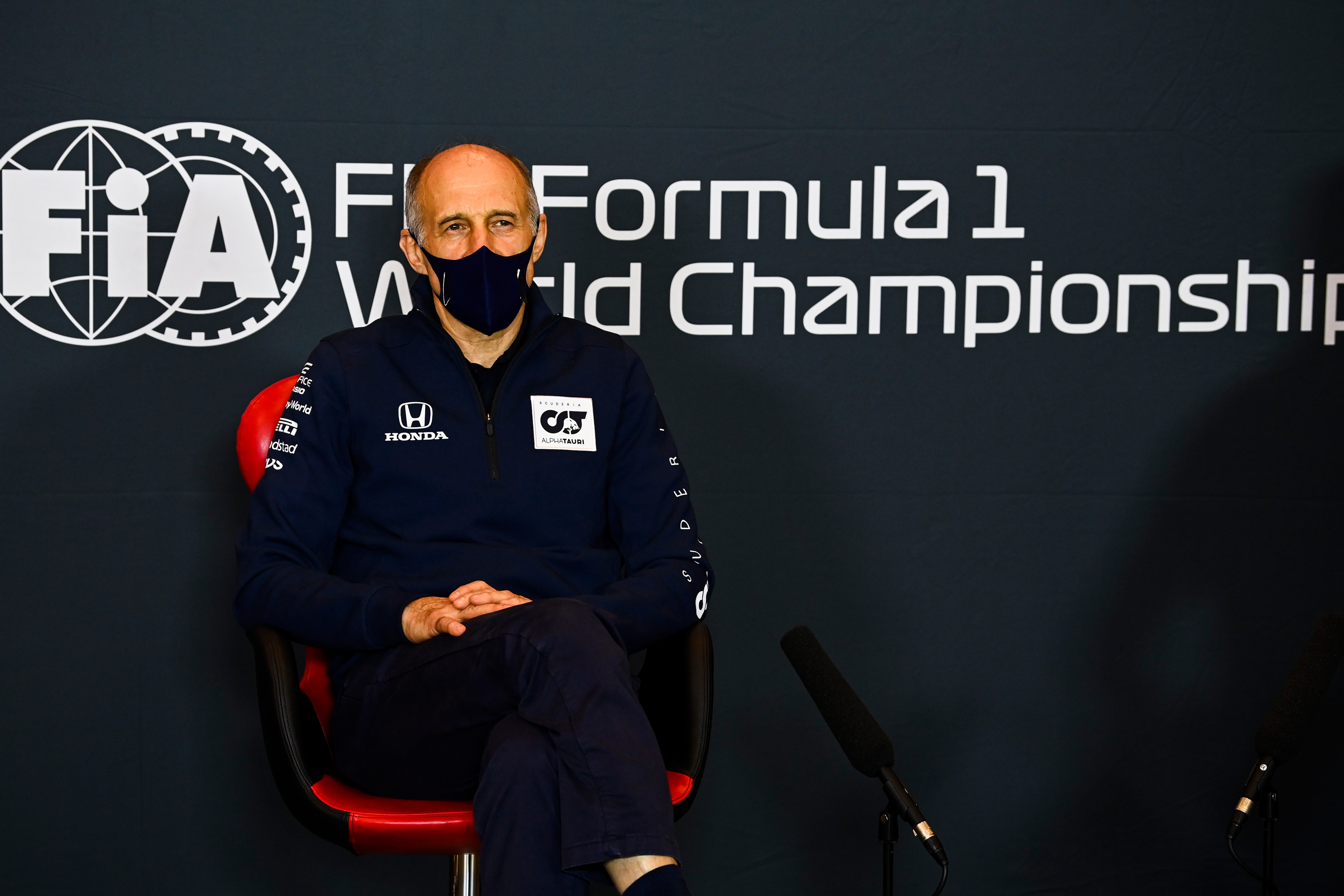
“The drivers anyway earn too much money, they should get much less,” he says. “If I would have to say something I would come in with a budget cap of maximum 10million or something like this.
“But we are on a good way going there because we must become realistic. It’s not so easy nowadays to get additional sponsor money. At Imola, two days [before the race], it was allowed to bring in some spectators. Then it’s not possible.
“We don’t know how it is next year if spectators are allowed at the races, or not. And if spectators are not allowed that means the income will be reduced, FOM will get less money, less revenue, the team will get less, and I don’t see any reason why the driver should not get less.
“They should be anyway happy to sit in such a car and to do such a good job. And then they get a little bit of some money and this is how the future will be.”
Steiner says the “ultimate goal” will be to force teams to balance spending on drivers and spending on developing the car
Even in Tost’s world this would not reduce the income of an F1 driver into the realms of anything close to what might be considered a ‘normal’ salary. However, with leading athletes in other sports capable of earning tens and tens of millions every year, it’s little wonder F1 world champion Lewis Hamilton – the driver who commands the highest salary at the moment – says it’s “important that the GDPA [Grand Prix Drivers’ Association] work closely with Formula 1, and get into discussions of how we move forwards”.
But we’ll come to the finer details shortly. First it is worth understanding the practical implications of a driver salary cap, or at least the consequences of what F1’s proposal appears to be.
F1 is introducing a team budget cap of $145m next season and this will reduce to $140m in 2022 and $135m in 2023. Presently, those numbers exclude the drivers and the top three executive salaries. From 2023, the team’s spending cap will be supplemented by a $30m ‘soft cap’ on the driver line-up.
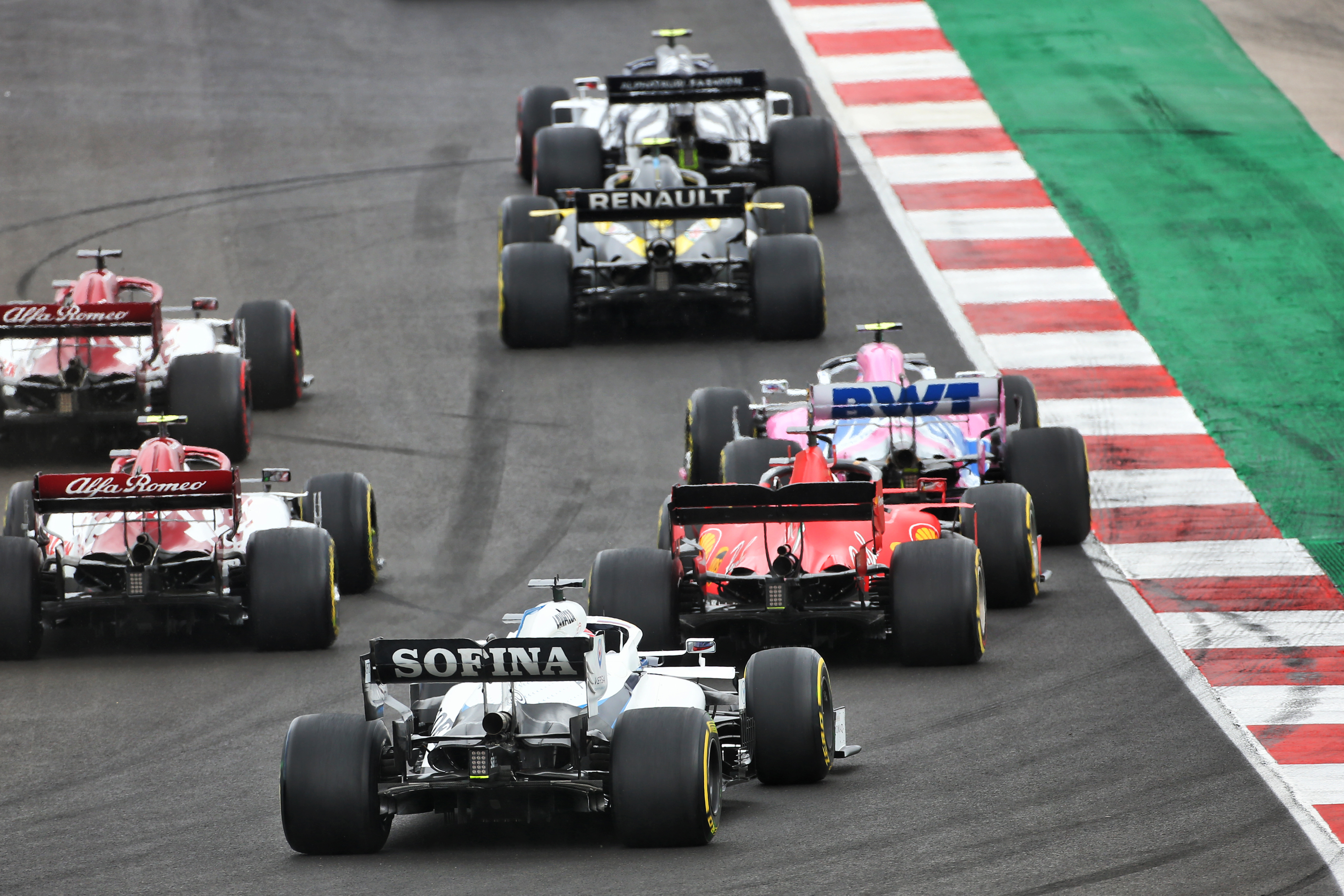
A ‘soft cap’ is when there are exceptions to the limit. In this case, teams can pay their drivers more – but it would come out of their team’s main budget cap. So if, hypothetically, in 2023 Mercedes wanted to pay Hamilton $25m and Valtteri Bottas $15m, it would be allowed to offer those salaries at $10m above the cap but then have $125m, rather than $135m, to spend through the season.
This would directly impact development work on that season’s car and the one that follows. As Haas team boss Guenther Steiner puts it, “at some stage there will be a crossover point coming that if you invest in a driver you cannot invest in the car”.
In all likelihood, most teams needn’t worry about this just yet. The current line-ups of Mercedes, Ferrari and Red Bull are almost certain to exceed the $30m limit.
McLaren, Renault and Racing Point potentially run the risk of creeping to that amount giving the blend of A-list/youngster in their line-ups, but it would probably be close rather than over. AlphaTauri, Alfa Romeo, Haas and Williams would not be anywhere near it.
But Steiner says the “ultimate goal” will be to force teams to balance spending on drivers and spending on developing the car. Which hints at the cap coming down further in the future. And Williams’s acting team boss Simon Roberts calls it a “great concept” that “does open opportunities”.
Theoretically it would put more drives in the picture when it comes to a team weighing up their options, particularly with bigger teams. And there would be a potential knock-on effect whereby very strong ‘number two’ drivers are suddenly available because the bigger teams are pairing A-list drivers with cheaper supporting acts.
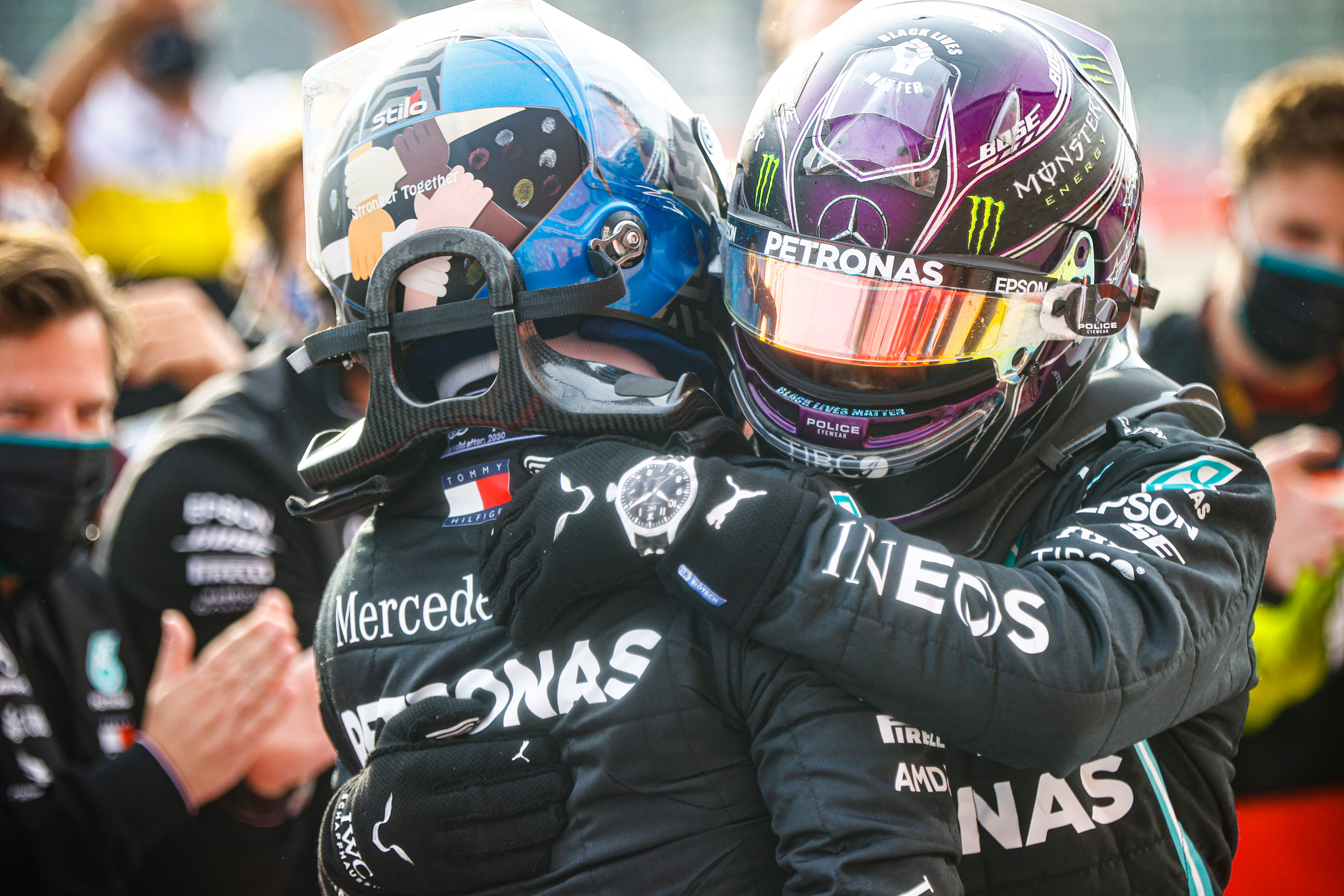
Returning to our hypothetical Hamilton/Bottas 2023 example: if Mercedes knew that it could keep Hamilton, but wasn’t willing to overspend on drivers because it wants to maximise team spending, then it could opt to drop Bottas and sign George Russell, who would command a lower salary.
That would give Russell a fantastic career opportunity while simultaneously putting a driver of Bottas’s quality on the market. A ‘lesser’ team could swoop and offer Bottas a bigger salary to be its number one.
“It gives everybody the flexibility they need,” says Roberts. “And I expect over the long term it will even up some of the disparity that currently exists in the market.
“Drivers that are in Formula 1 are the best in the world, and should earn high salaries like all the other top stars in the sport” :: Toto Wolff
“We’re supportive, we think it moves the sport in the right direction.”
The hurdles that must be overcome for this concept to become reality aren’t exactly known but Red Bull team boss Christian Horner has hinted at “all kinds of legal ramifications” that will determine whether or not it can actually be implemented.
Red Bull is an interesting case because it currently has Max Verstappen signed to a multi-year deal that includes 2023. The same goes for Ferrari and Charles Leclerc. So will those deals, which presumably include some very, very favourable terms for Verstappen and Leclerc given they tempted them into long-term commitments, be exempt from the first year of the salary cap? Or will those teams be forced into an immediate budget cap reduction?
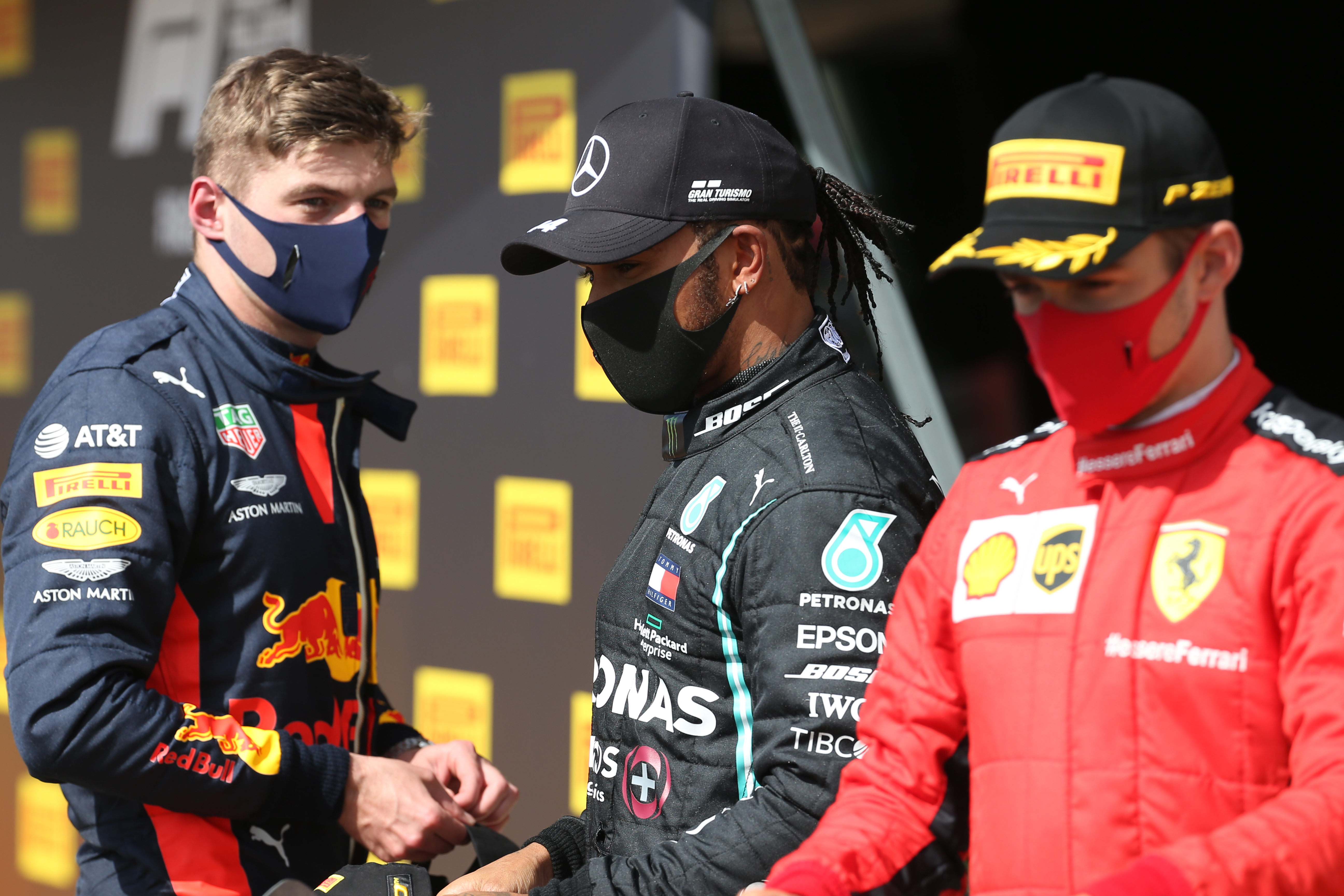
“We are fully open to analyse, evaluate, but I don’t think any decision is taken at all,” stresses Ferrari team boss Mattia Binotto.
“We’ve got a contract in place, long term, with Charles so it’s a delicate matter. I don’t think there is an easy solution.
“We need to dig into it and understand all the implications. At the moment I do not have a clear picture – I’m open minded but with no position.”
While the ability to subtract a driver’s excessive salary from the team’s spending means there is a mechanism for drivers to still bank a big deal, the likelihood that teams would sacrifice their competitiveness is low.
It’s the same in the US. In the NBA, teams can pay up to 35% of their total salary cap each to two players. But putting two players on such salaries would leave just 30% for the rest of the roster and that means building a good team is very difficult, almost impossible. It isn’t worth it. And it wouldn’t be in F1 if a team was able to attract the services of Hamilton or Verstappen but leave themselves building a 2019 Williams.
Another question will therefore be, how will this limit driver earnings? And by extension, how will the drivers be allowed to earn their worth?
“F1 teams, in order to be sustainable long-term, and attractive as sport franchises, need to show profitability like any other company out there,” says Mercedes boss Toto Wolff.
“On the other side, it’s clear that drivers that are in Formula 1 are the best in the world, and should earn high salaries like all the other top stars in the sport.
“Today, their income is limited to what they’re getting from the team because the scope of promoting their brand, endorsement deals etc, are very limited.
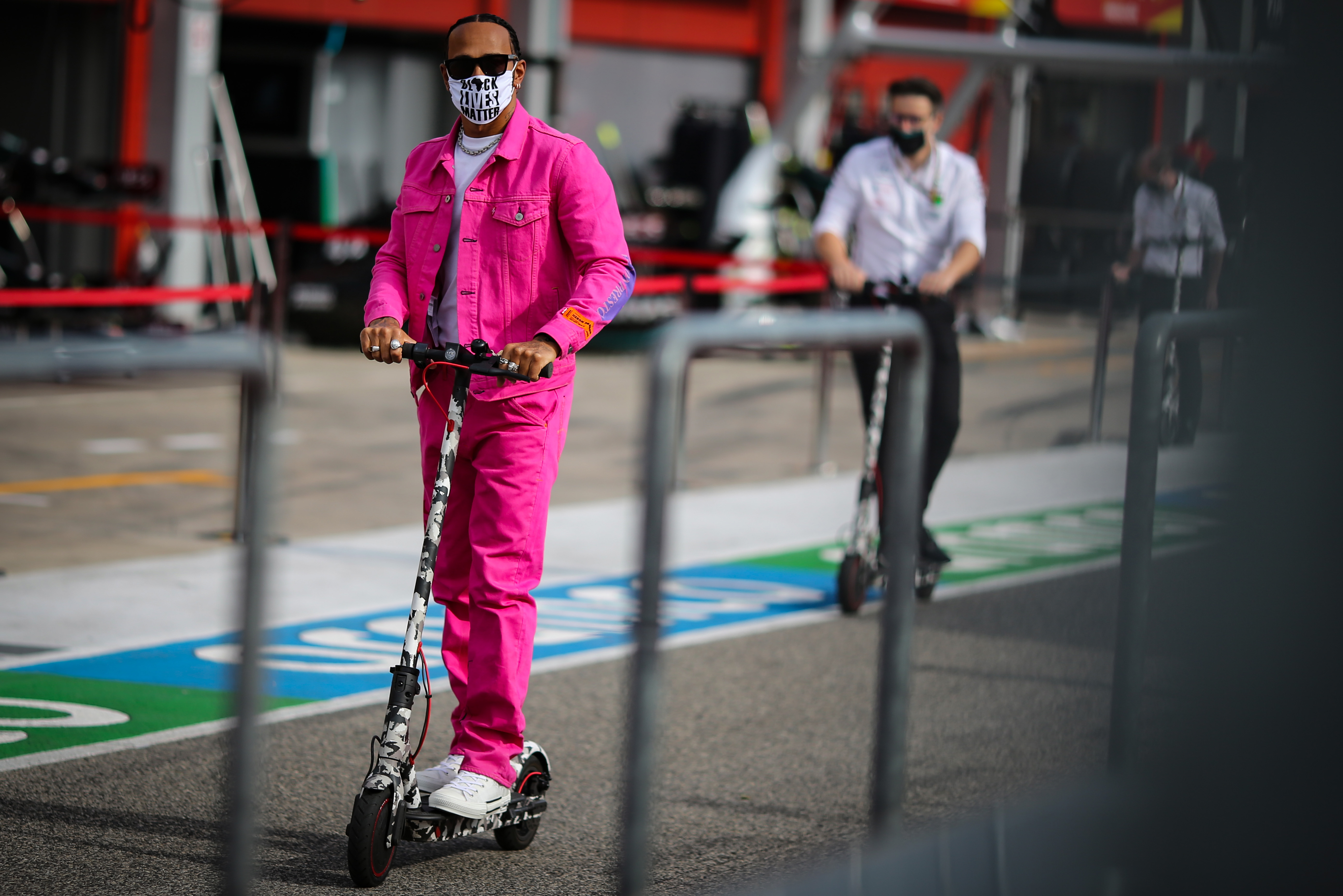
“That’s why it will be interesting to sit at the table with representatives of the drivers and the drivers themselves, to see how we can align ourselves long term so that everybody is benefitting, without harming future earnings for the drivers.”
In the US this is managed by colossal private endorsement deals. NBA star Lebron James has, for many years, earned considerably more from sponsorship off-court than he has his base salary for appearing on it.
How that would work in F1 is trickier, for as Wolff says there is limited scope for individual brand exercises. Hamilton is largely on his own in that arena because of his off-track profile, although the likes of Verstappen have their own significant endorsement deals as well.
One potential workaround for a salary cap would be for, say, a team sponsor to bolster a driver’s pay with a deal on the side. This sort of circumvention is outlawed in the US by blocking any kind of separate deal between a team or affiliate with the athlete, and a similar system would almost certainly be employed in F1 to avoid the rules being manipulated.
“There was enough learned about other sports, and I think there’s a good precedent set there on how to control it so it isn’t circumvented by doing things like that,” says Steiner.
Roberts adds: “There’s a whole load of detail that needs to be looked at, but there’s lots of sports, particularly in America, that operate this type of system already.
“There were plenty of people in the room who have looked at the American systems. What Formula 1, the FIA and the teams will do is get all that data in and find a way of making it work.
“The potential is there for something really good, but in all these things the detail is where it all counts.”
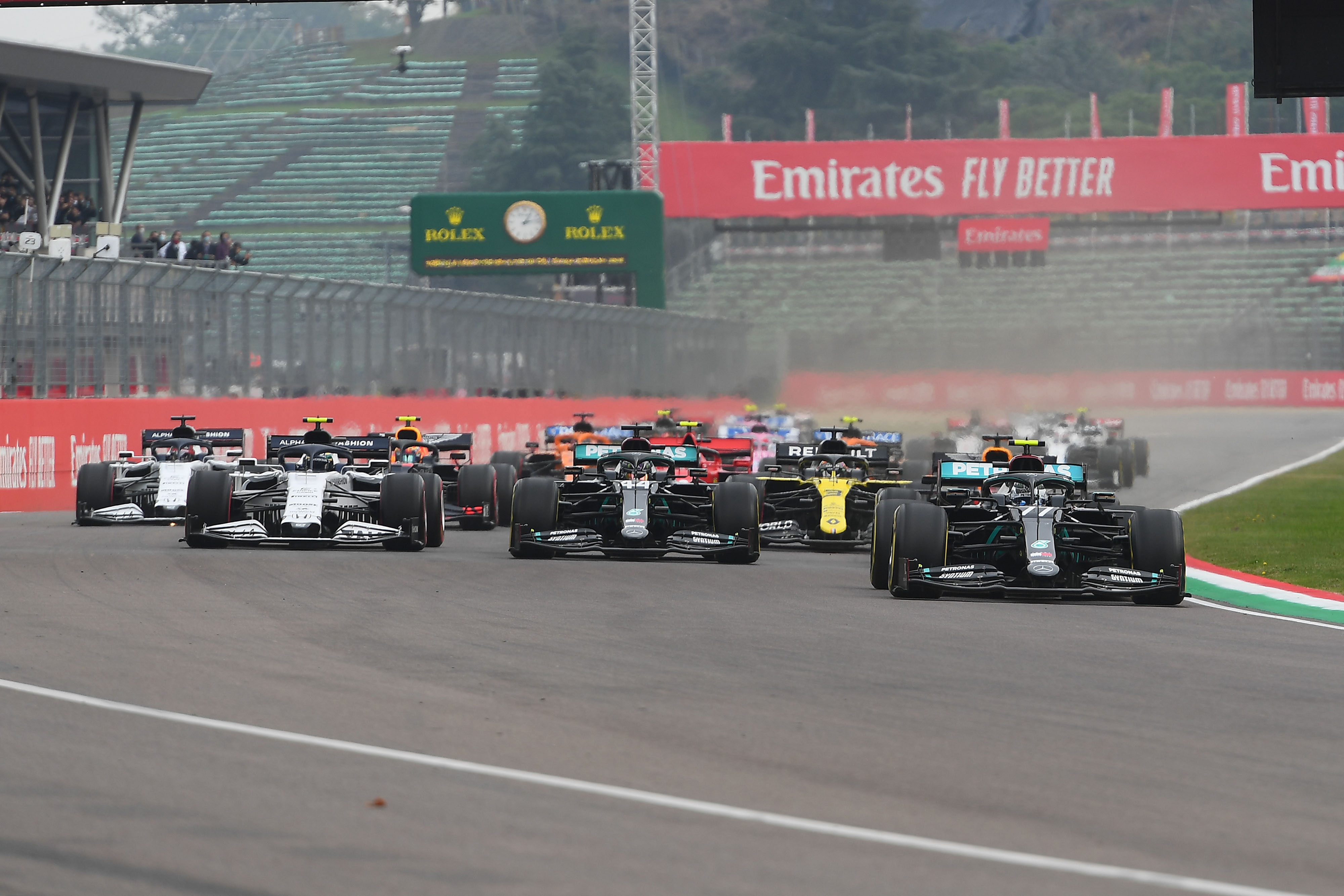
That would require F1 to get serious with the penalties. For example, the NBA’s sanctions for violating player salary rules include fines up to $10m, forfeiture of draft picks, team executive suspensions and tearing up player contracts.
F1 could get similarly aggressive by threatening to dock constructors’ championship points, race bans or outright exclusion.
If the championship is going to enshrine driver salaries into the regulations then there will be an awful amount of detail to establish and the US sports will only be a baseline, not even a template. Not everything will cross over and some things that work in hockey or basketball will not be relevant in motor racing.
Making a driver salary cap effective and worthwhile will be an exhaustive task. But fundamentally this is an initiative to help the teams without hurting the drivers, so it’s in F1’s interest to make it work.






